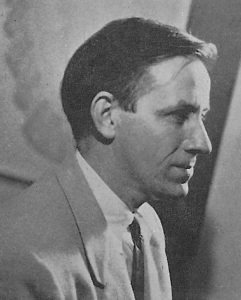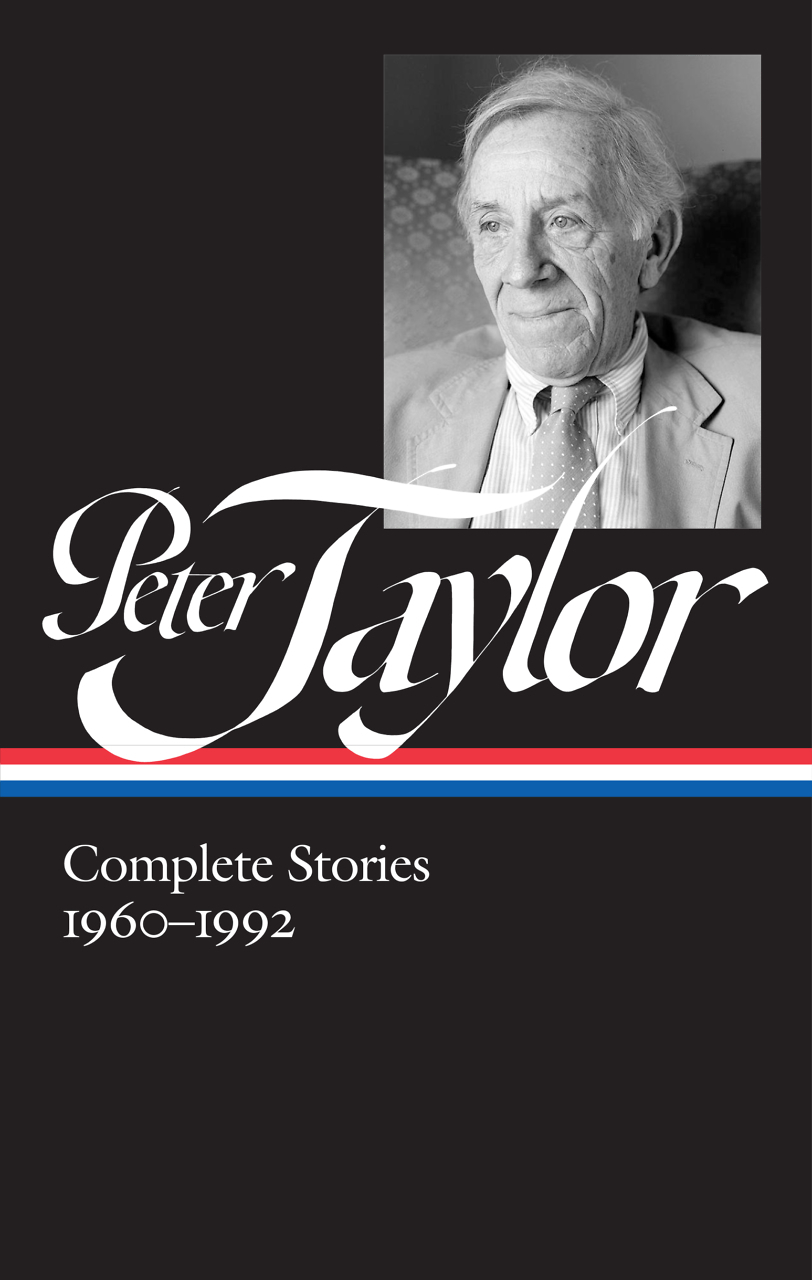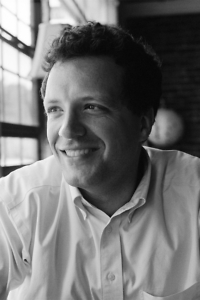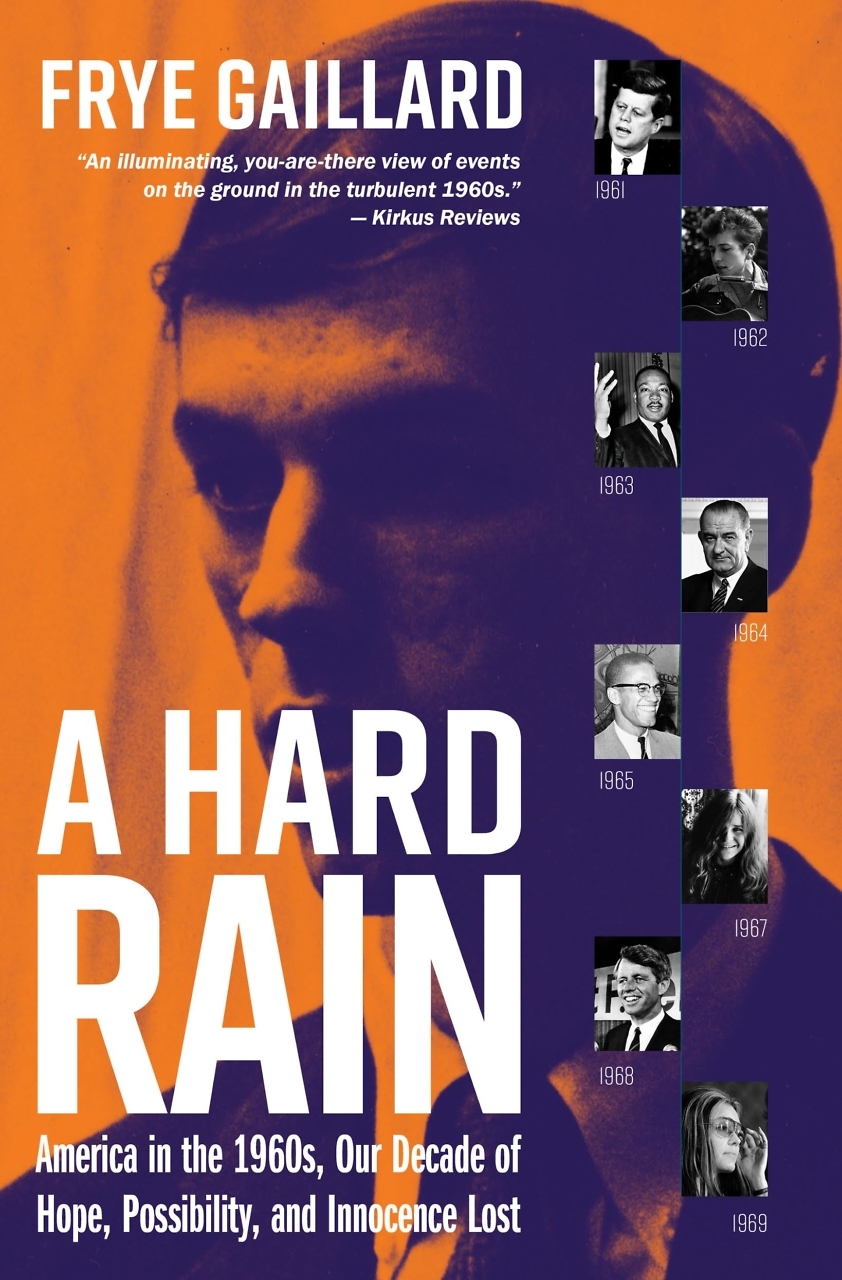The Problem with Policing
In Occupied Territory, Simon Balto digs at the roots of the current turmoil over race and policing
Every year, the Benjamin L. Hooks Institute for Social Change at the University of Memphis bestows an award for the nonfiction book, originally published in the previous year, that best furthers understanding of the American civil rights movement and its legacy. The 2019 winner is Simon Balto’s Occupied Territory: Policing Black Chicago from Red Summer to Black Power. Meticulously researched, engagingly written, and provocatively argued, Occupied Territory digs toward the racist foundations of the criminal justice system.
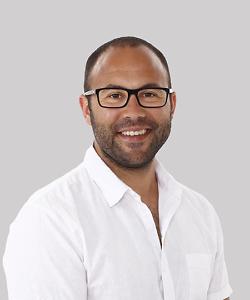
Simon Balto is assistant professor of history and African American studies at the University of Iowa. His writing has appeared in outlets such as TIME, The Washington Post, and The Journal of African American History. He earned an M.A. in African American studies and a Ph.D. in history from the University of Wisconsin. He answered questions via email from Chapter 16:
Chapter 16: How might Occupied Territory shed light on our current political discussions about reforming or defunding the police? Is the problem within the nature of policing itself?
Simon Balto: The problem is unquestionably with policing itself. When the Chicago Police Department was founded in the 1850s, it wasn’t to “keep people safe,” but rather to control immigrant communities and suppress labor radicalism. Over time, the targets of its repression changed, in particular to targeting Black and Brown communities for control. But the essential task of surveilling, controlling, and punishing communities deemed “suspect” has been maintained from the beginning, and that’s a story that more or less holds true in other cities and jurisdictions across the country. When you know that the police were intended more to control people than to protect them, it makes a lot of sense that that’s what they continue to do now. The history of policing is itself an argument in favor of defunding and abolishing.
Chapter 16: The book borrows its title from an essay by James Baldwin, “A Report from Occupied Territory.” Can you discuss that choice? It suggests a parallel between Black ghettoes and colonized lands.
Balto: Baldwin wasn’t alone in deploying that language during the 1960s to describe the police’s relationship to Black communities. Angela Davis, the Black Panthers, and all sorts of other individuals and organizations used it, so it made sense for me to do so, too. What they were arguing, and I think this is correct, is that the police do in some ways replicate the process of colonization — entering the community as outsiders, exerting unwanted control over people and committing grievous harms against them, and doing so in service of larger projects of white supremacy and capitalism.
Chapter 16: You begin by analyzing the 1919 “Red Summer” riot. What patterns, in terms of race and policing, did Chicago establish as a result of this crisis?
Balto: It wasn’t so much that the riot helped establish new patterns in how Black Chicago was policed as that the riot was one of the first, very clear examples of how policing could and would militate against Black communities going forward. During the riot, in which 38 people were killed in horrific interracial violence, police arrested more than twice as many Black people as white people, despite clear evidence that white Chicagoans were the primary antagonists and propagators of violence. On the flip side, Black Chicagoans who sought assistance and safety from the police routinely found that the police would not provide it — and, indeed, that white officers often explicitly sided with white rioters in the conflict. So there in the riot you have the two intertwined threads that have defined much of the relationship between Black Chicago and the CPD ever since: The police subject Black Chicagoans to disproportionate surveillance, punishment, and violence and at the same time don’t keep Black communities safe.
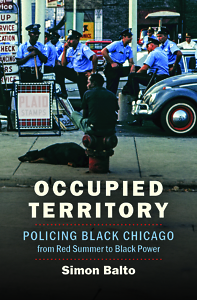 Chapter 16: In the 1950s and 1960s, the Chicago police grew larger, as well as more violent and punitive toward Black citizens. Why? How might this inform our understanding of the mass incarceration crisis by the end of the 20th century?
Chapter 16: In the 1950s and 1960s, the Chicago police grew larger, as well as more violent and punitive toward Black citizens. Why? How might this inform our understanding of the mass incarceration crisis by the end of the 20th century?
Balto: While most people think that funding for police follows surges in crime, that’s not actually true. Late in the 1960s, Chicago became a more violent city than it had been in preceding decades, but the police department was getting bigger and better funded well before that. The short “why” is that the city got blacker and “crime” became a useful political issue for city politicians even though the city wasn’t getting less safe. The second Great Migration of Black people out of the South and into cities like Chicago reshaped city demographics and broke the walls of some of the city’s segregated neighborhoods. The increasing presence of Black people in previously white spaces and the consumption of the lie that Black people were innately criminal helped cultivate increasing consensus around the need for more and more powerful police.
Chapter 16: Throughout the book, you describe instances of police violence in gripping detail. Can you describe your choices as a writer in these cases? How do you convey gross violence and human suffering without it seeming sensationalistic?
Balto: Being policed is a traumatic experience, and I think anyone writing about policing needs to convey that very clearly. There are things that can be theorized when it comes to policing and how it reflects state power, but it is fundamentally and unavoidably not an abstract force in people’s lives. I thought it was my responsibility as handler of this history to not let readers look away from how policing actually comes to bear upon people’s lives, for it routinely comes to bear with great violence and immense harm.
Chapter 16: I knew of Ralph Metcalfe as a medal-winning sprinter in the 1932 and 1936 Olympics, and then as a relatively compliant politician in Chicago’s Democratic machine. But near its end, Occupied Territory reveals him as an outspoken critic of police authority in the 1970s, when he served in the U.S. House of Representatives. What accounted for his shifting stance? Are there larger lessons in his story?
Balto: Metcalf was a classic go-along-to-get-along politician for much of his career, abiding those above him in the political ranks in order to advance his own career. But eventually the crushing burden of anti-Black police racism and violence became too much for him to bear, both because his constituents were demanding that he address the issue and because two of his friends — both of them upper-class Black professionals — were subject to wanton acts of misconduct, one of which led to his friend dying. The most important lesson, probably, is that it’s never too late to course-correct when it comes to positioning yourself in the struggle against injustice.
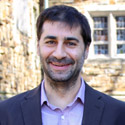
Aram Goudsouzian is a professor in the history department at the University of Memphis. His most recent book is The Men and the Moment: The Election of 1968 and the Rise of Partisan Politics in America.
